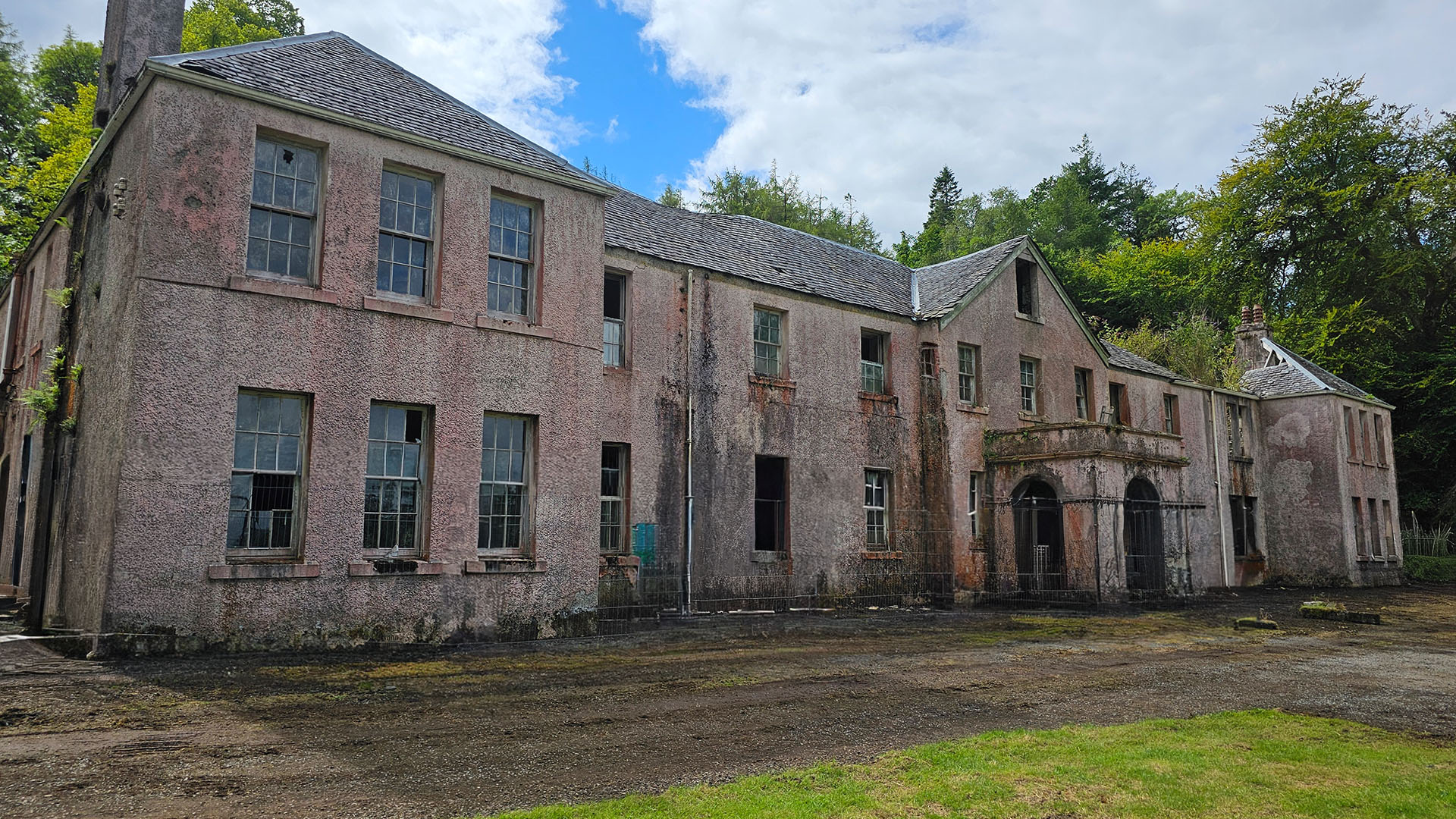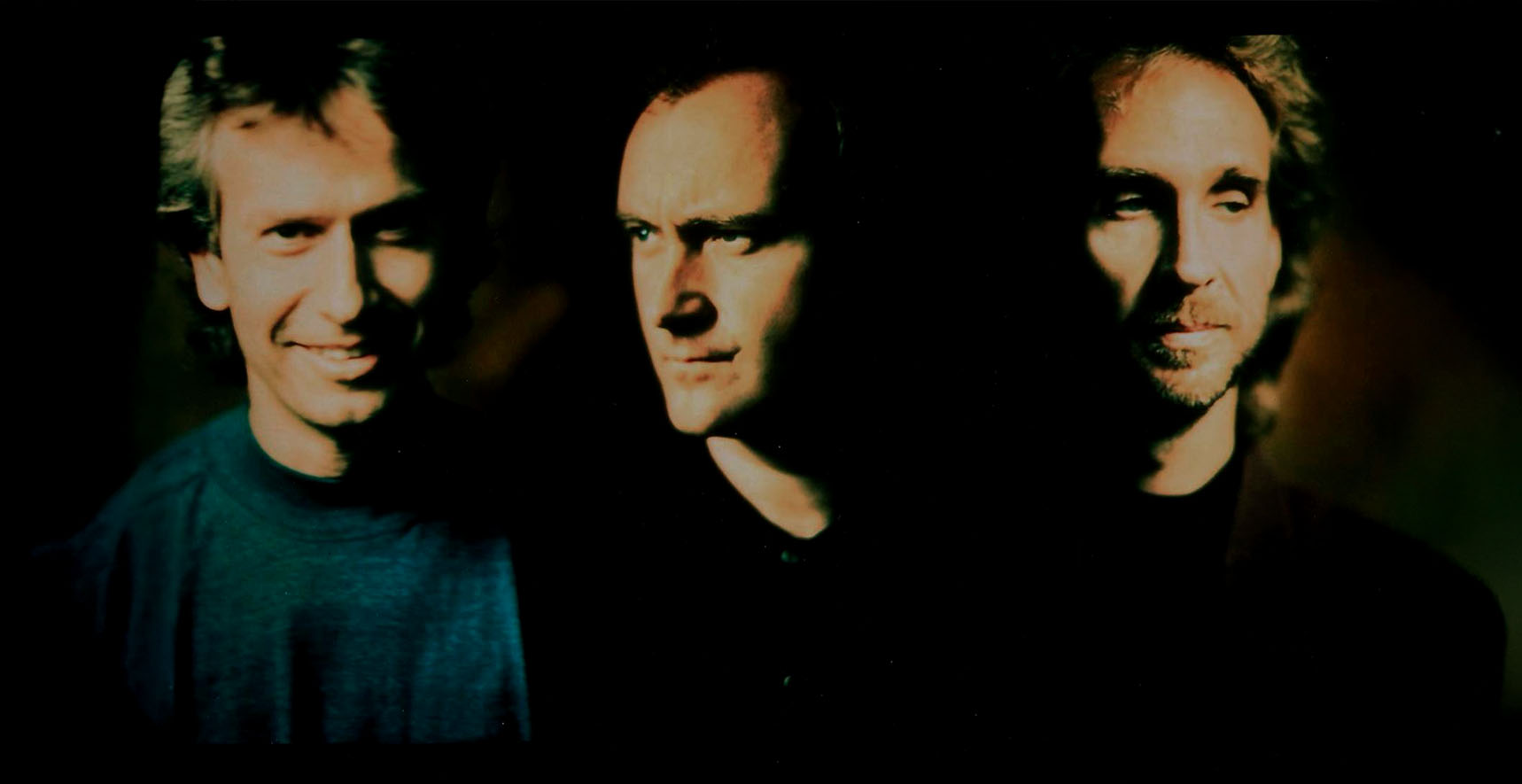
Amid the rugged hills and windswept lochside of the Isle of Mull sits a decaying mansion with a past as dramatic as its setting. Pennyghael House, once the proud centrepiece of a Highland estate, carries echoes of clan leadership, colonial fortune and in a surprising twist, rock and roll royalty. Its period under the ownership of the legendary band Genesis remains one of the strangest footnotes in both music and Scottish property history.
Early Origins and the MacGillivray Era
Long before it became a symbol of dereliction and celebrity neglect, Pennyghael was a seat of power. The surrounding land was held by the MacGillivray clan for centuries, forming part of the old Gaelic heartland of Mull. The clan produced ministers and lairds, including Donald MacGillivray in 1618 and Rev Martin MacGillivray, who held the local parish during the mid 1600s.
Like many Highland families, the MacGillivrays were eventually undone by economic pressures. In 1801, following bankruptcy, the family was forced to sell their ancestral holdings. The once-controlling family faded into obscurity and a new kind of wealth was about to arrive in Pennyghael.
The Fur Trader’s Mansion
The buyer was William McGillivray, a Scot who had made his fortune in Canada as a senior partner in the North West Company, a major rival to the Hudson’s Bay Company in the colonial fur trade. Although unrelated to the original clan, McGillivray returned to Scotland seeking land and status.

In 1819 he bought the Pennyghael Estate and commissioned the construction of the main house shortly before his death in 1825. Designed in Georgian style, Pennyghael House was a two-storey mansion with a seven-bay facade, a central pediment and views over Loch Scridain. Although McGillivray never lived there, the house stood as a symbol of the wealth generated overseas.
In the 1920s the mansion was expanded with symmetrical wings at either end. The wider estate was gradually broken up during the 20th century, but the house remained a local landmark even as its condition began to deteriorate.
Enter Genesis: Rock Stars in the Hebrides
In the mid 1980s, at the height of their international fame, the band Genesis, made up of Phil Collins, Tony Banks and Mike Rutherford, purchased Pennyghael Estate for a reported £500,000. With chart-topping albums and global tours behind them, the band acquired around 12 acres including the main house and surrounding land.
The reasons for the purchase were never fully explained. It may have been seen as a retreat, an investment or simply a private getaway. What is known is that the mansion was never restored or lived in by any of the band members. Despite its architectural significance and listed status, no meaningful renovations were carried out.
As the years passed, the house fell into visible disrepair. By the early 1990s, windows were smashed and boarded up, the roof lost its lead and vegetation overwhelmed the grounds. Inside, fireplaces and fittings were removed and water damage became widespread. Structural decay followed.
The situation became a local concern. Mull was experiencing a housing shortage and reports circulated of people living in tents on or near the estate while the main house stood empty. The symbolism of a mansion owned by millionaires sitting in ruins while locals struggled for shelter was not lost on the community.

Buildings at Risk and Local Frustration
Pennyghael House was added to Scotland’s Buildings at Risk Register, first marked in poor and later in very poor condition. It was classified as a C listed building in 1988, but that protection did little to prevent its decline. Local authorities and conservation groups appealed to the owners to act, but no work was undertaken.
Despite inspections and warnings from Argyll and Bute Council, the building was left exposed to the elements. The estate became an emblem of lost opportunity and absentee ownership, drawing criticism from both heritage campaigners and local residents.
By the time Genesis sold the estate in 1997, the house had suffered 12 years of neglect. No musical projects, creative residencies or restoration plans had emerged from the property. What could have been a spectacular Hebridean retreat was instead a symbol of disuse.
After Genesis: Sales, Planning and Uncertainty
Following its sale by Genesis, the estate was purchased by a Dutch company named Epsilon. In the early 2000s, proposals were submitted to partially demolish and restore the house. These plans received planning approval, but little visible progress followed. The house remained boarded up and listed as a building at risk.
In 2021 the property returned to the market, this time with a dramatic asking price of £5 million. This was later revised in early 2025 to offers over £180,000. The estate had shrunk to just 12 acres, with the house still in derelict condition but full of potential.
Bidwells, the estate agents handling the sale, set a closing date of 5 March 2025. Shortly after, the property was marked as sold although the identity of the buyer and any future plans have not yet been disclosed.
A Legacy in Ruins
The story of Pennyghael House during the Genesis years remains one of unfulfilled promise. Though it could have been transformed into a retreat, studio or creative space, the mansion was instead left to deteriorate. It stands today as a reminder of how quickly heritage can be lost through neglect.
Yet hope remains. Pennyghael House still occupies a dramatic position above the waters of Loch Scridain. The structure, though fragile, is largely intact. With vision and investment, it could be brought back to life as a residence, heritage hotel or cultural centre.
Until then, it stands quiet and empty, its rock and roll past echoing faintly through broken windows and moss-covered stone. A Highland mansion once owned by music legends, now waiting for someone to finally give it the attention it deserves.

